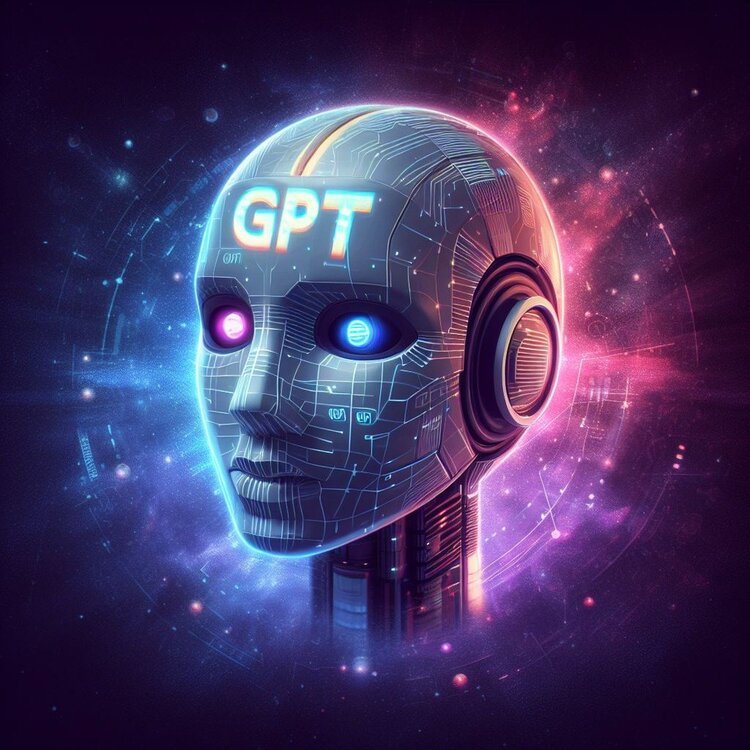
A creative depiction of artificial intelligence with a silhouette of a human head, multiple eyes, and "AI" text emphasizing data processing.
Open Source Generative AI Applications for Document Extraction: Revolutionizing Data Processing
In the rapidly advancing technological landscape, open source generative AI applications for document extraction are transforming the way individuals and organizations process, analyze, and manage data. From businesses striving for efficiency to researchers delving into large datasets, these tools provide unparalleled convenience. Coupled with AI document reader, AI document extraction, and AI document processing capabilities, these applications ensure accurate, reliable, and time-saving solutions. This blog will explore the innovative world of generative AI applications for document extraction, shedding light on their potential, popular tools, and benefits.
What Are Open Source Generative AI Applications for Document Extraction?
Open source generative AI applications leverage machine learning and natural language processing to extract, read, and interpret data from documents efficiently. Unlike traditional methods, these tools are free to use, adaptable, and backed by a community of developers. By integrating AI document reader capabilities, these applications allow users to scan through voluminous records and extract meaningful data seamlessly.
For instance, businesses often deal with invoices, contracts, and customer forms that require manual data entry. Generative AI automates this process, turning complex tasks into streamlined workflows. Moreover, the “open source” aspect means developers can adapt these tools to specific needs, ensuring accessibility and customization.

Benefits of Open Source Generative AI Applications for Document Extraction
1. Cost-Effectiveness
Open-source tools are free, reducing financial barriers for startups and small businesses. Instead of investing in expensive software, organizations can utilize these applications without compromising on quality.
2. Customizability
With access to source code, developers can tweak features to suit specific organizational needs, making them highly adaptable compared to proprietary software.
4. Accuracy and Speed
By incorporating AI-document extraction, these applications enhance data accuracy while significantly reducing processing time.
5. Community Support
Open source platforms often have active developer communities, offering regular updates, bug fixes, and innovative extensions.
Top 5 Open Source Generative AI Tools for Document Extraction
1. Apache Tika
Apache Tika is a widely recognized AI document processing tool. It supports various file formats and allows users to extract metadata, text, and language information. Its robust framework makes it a go-to choice for many organizations.
Key Features:
- Versatility in file handling (PDFs, Word, Excel, etc.).
- Powerful AI document-reader capabilities.
- Seamless integration with other applications.
2. Grobid
Grobid is another fantastic tool specializing in structured data extraction from scientific documents. Its AI document extraction capabilities make it ideal for researchers and academic institutions.
Key Features:
- High accuracy in parsing bibliographic information.
- Supports PDF-to-XML transformations.
- Compatible with large datasets.
3. DocAI by Google
Although initially a paid solution, the open-source version of DocAI is gaining traction due to its adaptability and precision. It’s particularly effective in extracting tabular data and scanning handwritten documents.
Key Features:
- Advanced AI document reader for complex layouts.
- Excellent performance in multi-language processing.
- Cloud-based options for scalability.
4. LayoutParser
Designed specifically for generative AI applications for document extraction, LayoutParser excels in analyzing document layouts and extracting data from visual elements.
Key Features:
- Recognizes tables, graphs, and other non-text elements.
- Integration with deep learning frameworks.
- Highly customizable for various industries.
5. OpenCV (Text Module)
While primarily a computer vision tool, OpenCV’s text module incorporates OCR (Optical Character Recognition) capabilities, making it a lightweight yet effective AI document processing option.
Key Features:
- Focuses on image-to-text extraction.
- Supports Python integration for developers.
- Flexible for small-scale projects.
How Open Source Generative AI Enhances Document Processing Workflows
1. Streamlined Data Entry
These tools replace manual data entry with automated systems, saving hours of labor. The AI document reader functionality scans multiple pages within seconds, ensuring efficiency.
2. Improved Compliance
With accurate AI document extraction, organizations can maintain compliance by ensuring critical details like legal terms and deadlines are extracted and recorded without errors.
3. Multi-Format Compatibility
Generative AI applications support diverse formats, including PDFs, images, and spreadsheets, ensuring versatile use across industries.
4. Scalable Solutions
Whether processing ten documents or a thousand, these tools adapt to workload demands, providing scalability for growing businesses.
Real-Life Applications of Open Source Generative AI in Document Extraction
1. Healthcare
Hospitals and clinics use these tools to extract patient information from medical records, ensuring faster service and reducing paperwork errors.
2. Finance
Banks and financial institutions rely on AI document processing to handle invoices, contracts, and customer onboarding forms.
3. Legal Sector
Law firms use generative AI applications for document extraction to scan contracts, identify clauses, and extract key information, streamlining case preparation.
4. E-commerce
Retailers utilize these tools to analyze receipts, inventory records, and customer feedback forms, enhancing operational efficiency.
Challenges and Solutions in Using Open Source Generative AI for Document Processing
1. Data Privacy
Due to their public nature, open source tools may pose security concerns. Organizations should implement encryption and secure servers to mitigate risks.
2. Skill Requirement
While these tools are free, they often require technical expertise to deploy and modify. Training staff or hiring developers can resolve this.
3. Inconsistent Results
Some open source applications may need help with highly unstructured data. Pairing them with advanced AI document reader features or hybrid solutions ensures better outcomes.

Future of Generative AI in Document Processing
The potential of open source generative AI applications for document extraction is immense. As technology evolves, these tools will integrate more advanced machine learning models, improving accuracy and efficiency. Features like multi-language support and real-time collaboration will further enhance their usability.
Additionally, industries like education and public administration are expected to adopt these solutions, driving widespread accessibility and innovation.
Conclusion
The world of open source generative AI applications for document extraction is an exciting frontier for individuals and businesses seeking efficient data management. Tools like Apache Tika, Grobid, and LayoutParser exemplifies the transformative power of these technologies. By incorporating AI document reader, AI document extraction, and AI document processing, these applications reduce human effort, enhance accuracy, and streamline workflows.
As open source communities continue to innovate, the future of generative AI applications for document extraction looks promising. Embracing these tools can empower users to stay ahead in an increasingly data-driven world, making them a critical asset in the modern toolkit. Whether you’re a business professional or a tech enthusiast, the possibilities are endless.






